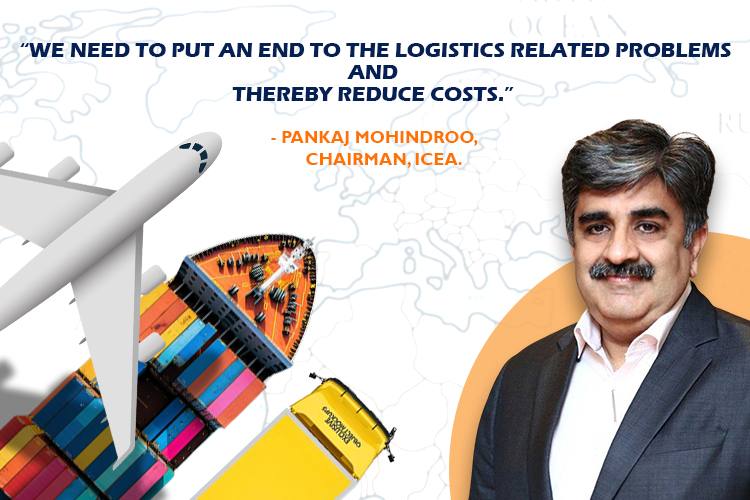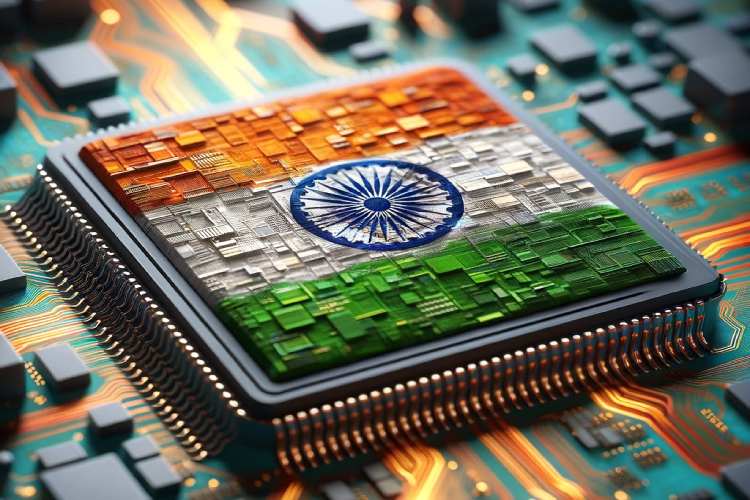
The electronics industry in India has been one of the fastest growing sectors. Despite COVID creating havoc, the electronics industry has grown at a healthy pace of 15 percent over the past seven years. Although the government has set a total production target of $300 billion by 2026, the strongest growth of electronics manufacturing has been witnessed in 2021-22. The growth was driven largely by mobile phone production in India worth Rs 2,75,000 crore, accelerated by the Production Linked Incentive (PLI) and Phased Manufacturing Program (PMP). Mobile phones, consumer electronics, and industrial electronics accounts for the major demand of components in India. This is followed by strategic electronics, computer hardware, and lighting industries contributing to the balance of the market. Industries such as mobile phones, industrial electronics (due to the advent of EVs) and strategic electronics are expected to witness substantial growth in the near future. Pankaj Mohindroo, Chairman of India Cellular and Electronics Association (ICEA) highlighted about the future prospects of India’s electronics industry, the contribution in the global value chain, and how the current investment and subsidies will boost growth of the sector.
The Transformation of India’s Electronics Industry in Past 7-10 years
You must know that around fifteen to twenty years back, the industry was nowhere in the global picture and the growth was slow. The industry has transformed a lot in the past seven to ten years. The government is looking to achieve a total production target of $300 billion by 2026 and another $200 billion by 2029-30. Interestingly, India is now one of the largest mobile phone users in the world and around 995-97 percent of the mobile phones are now completely manufactured in the country. Then, you must see how India is also growing its semiconductor industry. The investment by Tata, Micron, and CG Power is a significant step in bolstering the sector. The scheme of Rs 76,000 crore and the budgetary outlay is also a massive step. Most importantly, the government and all the stakeholders are now actively involved in growing the industry.
How the Budget 2024-25 Proved to Be a Game-changer For the Electronics Industry
The government has now proposed Rs 6,900 crore for the semiconductor projects and there is a duty cut on the electronic components, which is a great step. The concessions are provided to the extent of nil from existing BCD slabs of 10 to 2.5 per cent, depending on the different critical metals. We also welcome the rationalization of tariffs on Silicon Quartz and silicon Dioxide from 5/7.5 per cent to 2.5 per cent. This is a crucial step to propel the establishment of a strong silicon and power semiconductor wafer production ecosystem in the country. In fact, in our previous interaction I already told you that the imposition of Anti-dumping Duty (ADD) announced after the interim budget would be a considered decision. All along, there was strong evidence of dumping in the entry level PCB segment. We have urged the government to strongly abide by this decision or else Chinese dominance will never come to an end.

India’s Electronics Growth Share in the Global Value Chain (GVC)- The Picture Ahead
The Prime Minister has already declared throughout the country that “Local Now Goes Global”. Other than this, Aatmanirbhar Bharat, Vikshit Bharat are some of the strong campaigns that are helping India to move ahead in the global value chain. The Prime Minister also stressed the importance of “Increasing India’s Share in the global value chain in exports manifold” and ensuring the growth of our share in the global value chains and setting up export hubs in the state. There are four crucial factors for increasing exports. First, an environment to make Indian manufacturing qualitatively competitive, along with increasing production. Second, to put an end to logistics related problems and thereby reduce costs. Third, encouraging collaboration between the center, states, including exporter’s councils, and the private sectors. Fourth, improving access to the international markets.
The Future Prospects of India in Electronics Manufacturing
India is now on the wishlist of numerous global electronics companies who are now very eager to move from China, which is the world’s largest manufacturing destination. The nation is very close to becoming a $1 trillion electronics market. For long, India has been developing and manufacturing products and services for the abroad companies, but it will now create a semiconductor product design ecosystem, educate the workforce on semiconductors, and is now setting up ATMP facilities and developing fabs. It is a huge achievement for the country. Now, speaking of fabs, there are numerous verticals and display is a major one on which there is a serious focus because this sector has been dominated by a particular geography, which is not a good sign for the international market.

